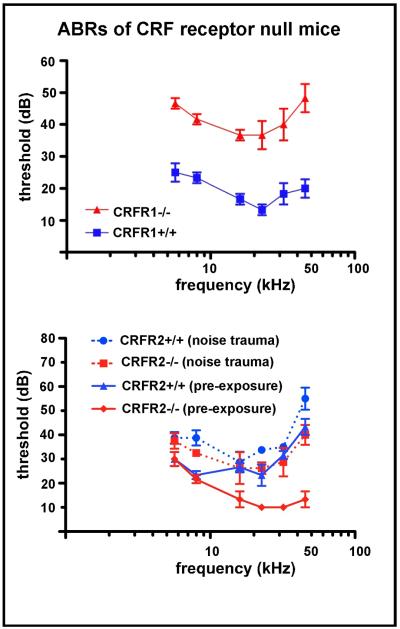Figure 5. ABR thresholds of CRFR1 and CRFR2 null mice compared to wild type controls.
Auditory brainstem response (ABR) thresholds were measured in wild type and CRFR1 null (top) and CRFR2 null (bottom) mice and plotted against ABRs from line-specific wild type controls. Symbols mark the average threshold observed at each frequency tested (5.66, 8, 16, 22.65, 32, 45.25 kHz) ± SEM. CRFR1 null exhibited a 20-30 decibel (dB) increase in ABR thresholds across all frequencies tested. CRFR2 null and wild type mice were born and raised in an acoustic attenuation chamber in cages on standard wire rack shelving. At approximately two months of age, baseline ABR thresholds were obtained and plotted as a function of stimulus frequency (solid lines). Mice were then exposed within 24hrs to the 8-16kHz 100dB sound for 2hrs. Two weeks post-exposure, mice were again tested for ABR thresholds, and post-trauma results (dashed lines) were plotted over baseline results obtained prior to exposure (solid lines). The average ABR threshold shift induced by noise exposure was computed, and a repeated measure ANOVA used to calculate statistical significance. On average, wild type mice underwent a 9dB threshold shift, while the CRFR2 null mice underwent an 18dB threshold shift (p<0.01). (top panel reprinted from (Graham and Vetter, 2011) with permission; bottom panel reprinted from (Graham et al., 2010) with permission)

